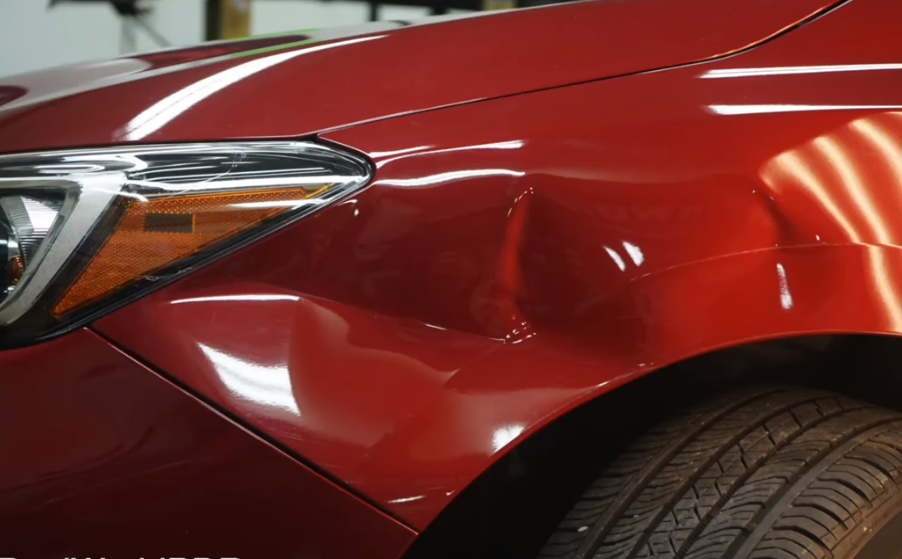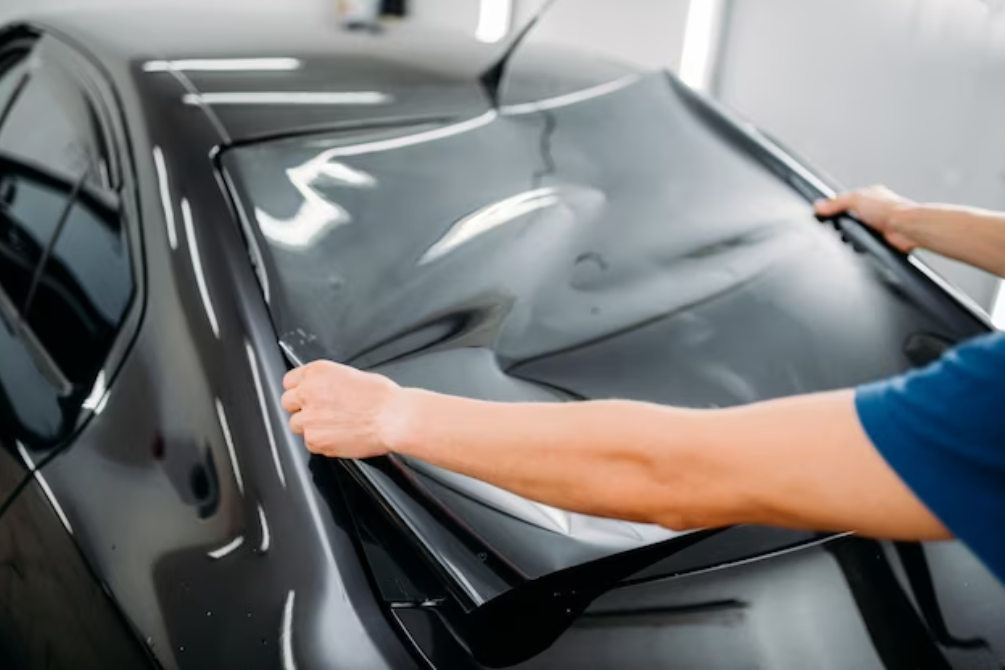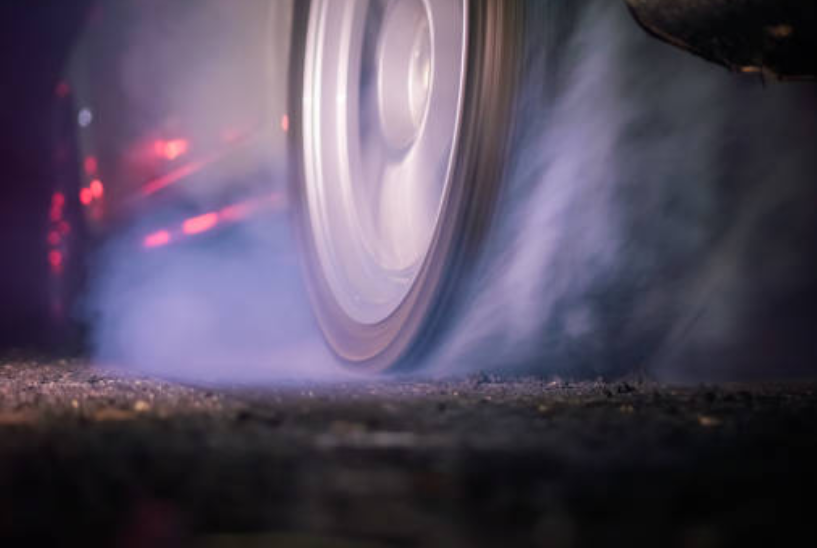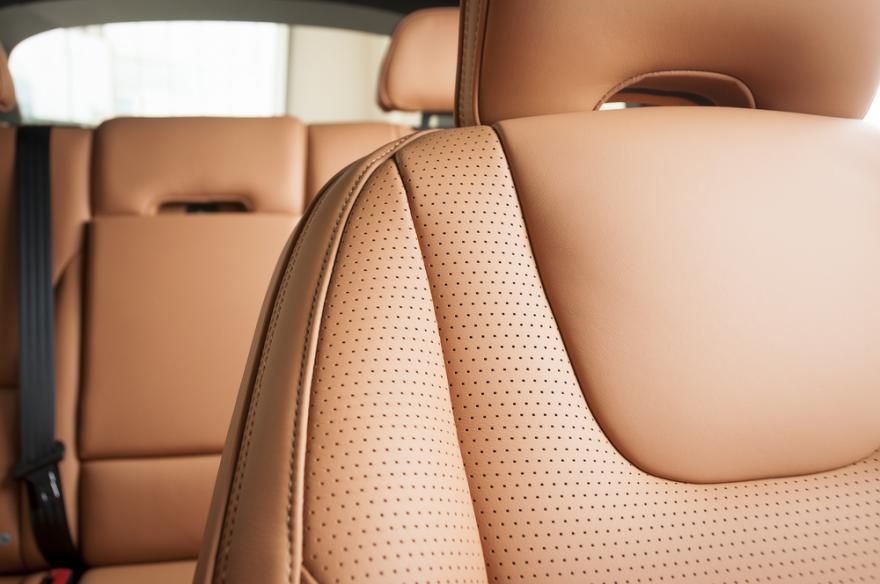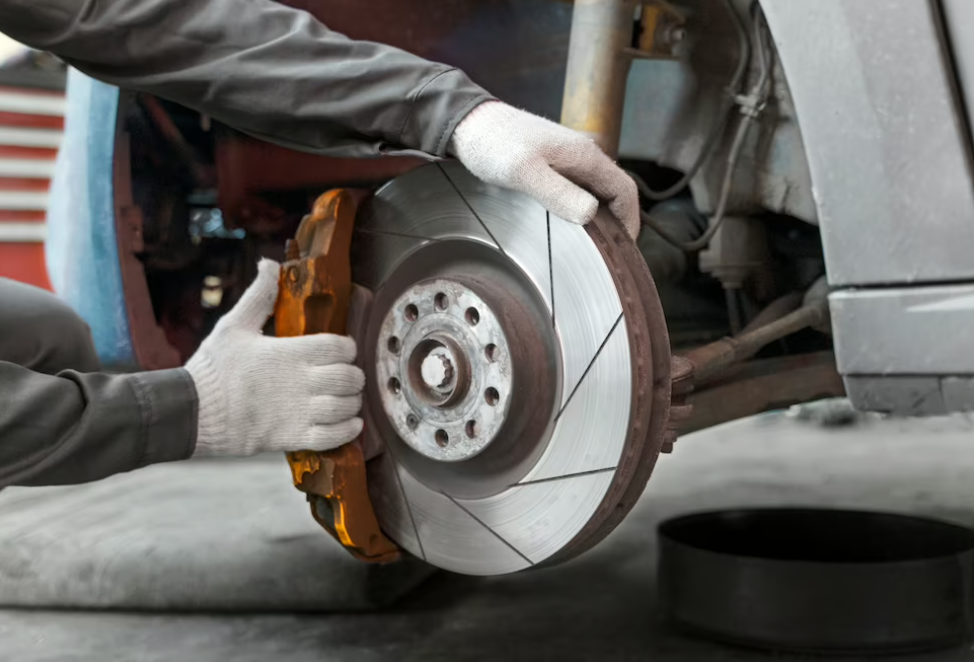The Ultimate Guide to Cleaning Car Seats
Although cleaning car seats might appear intimidating, it can be a breeze. With the correct methods and products, your car seats can regain their like-new appearance! By following our guide to cleaning car seats you'll learn the most effective and efficient way of removing dirt, stains and odours from them. We'll cover tips on how to deep clean cloth or leather car seat materials so that they remain in pristine condition for years to come. So get ready - let's dive into this ultimate guide to cleaning your beloved car seats!

What You Need to Clean Car Seats?
Vacuum Cleaner: A vacuum with upholstery attachments is essential for removing loose dirt, dust, and debris from the car seats.
Soft Bristle Brush: Use a soft-bristle brush or upholstery brush to agitate and loosen dirt and stains on the seat surface.
Microfiber Cloths: These are great for wiping down and drying the seats after cleaning. They are gentle on the material and help prevent streaks.
Cleaning Solution: Depending on the type of car seat material, you'll need an appropriate cleaning solution. Common options include:
- For Fabric Seats: A fabric upholstery cleaner or a mixture of mild detergent and water.
- For Leather Seats: A leather cleaner or a mixture of mild soap and water.
- For Vinyl or Synthetic Seats: A vinyl cleaner or a mixture of mild detergent and water.
- For Suede Seats: A suede-specific cleaner or dry cleaning solution.
- For Stains: Stain-specific cleaners or homemade solutions (e.g., vinegar and water for many stains).
Stain Remover: For tougher stains like ink or food, you may need a specialized stain remover designed for the specific seat material.
Steam Cleaner (Optional): A steam cleaner can be effective for deep cleaning fabric seats, especially if they are heavily soiled. It helps lift dirt and stains without using harsh chemicals.
Odor Eliminator (Optional): If your car seats have unpleasant odors, consider using an odor eliminator or fabric freshener to neutralize smells.
Protective Products (Optional): Depending on the seat material, you may need leather conditioner, fabric protector, or vinyl conditioner to maintain and protect the seats after cleaning.
Gloves: It's a good idea to wear disposable or protective gloves when handling cleaning chemicals to protect your skin.
Buckets: For mixing cleaning solutions or holding water if needed.
Soft, Lint-Free Towels: These are useful for wiping down the seats and removing excess moisture.
Plastic Baggies (Optional): Use plastic bags to cover any electronic components or sensitive areas of the car seat, such as control buttons, to prevent moisture damage.
Sponge or Applicator Pad (For Leather Seats): Use a sponge or applicator pad to apply leather cleaner or conditioner evenly.
Scrubbing Pad (For Stubborn Stains): For particularly stubborn stains on fabric seats, you may need a scrubbing pad, but be cautious not to damage the material.
Drying Time: Make sure you have enough time for the seats to air dry completely before using the car.

To prepare the area for a thorough car seat cleaning, start by parking your vehicle in a well-ventilated space or outdoors. This ensures proper air circulation during the cleaning process. To enhance ventilation further, roll down the windows or open the doors. Before diving into the cleaning process, clear the car seats of any items like seat covers or personal belongings.
Start fresh and move on to the following stage, which entails painstakingly cleaning the seats. Use a vacuum with an upholstery attachment to get rid of any loose dirt, dust, or debris. Pay close attention to seams, crevices, and other small areas since dirt likes to collect there. In case your seats bear noticeable stains, tackle them with an appropriate stain remover designed for your seat material. Follow the manufacturer's guidelines for the stain remover application, remembering to blot instead of rub to prevent stain spreading, and allow it to sit for the recommended time.
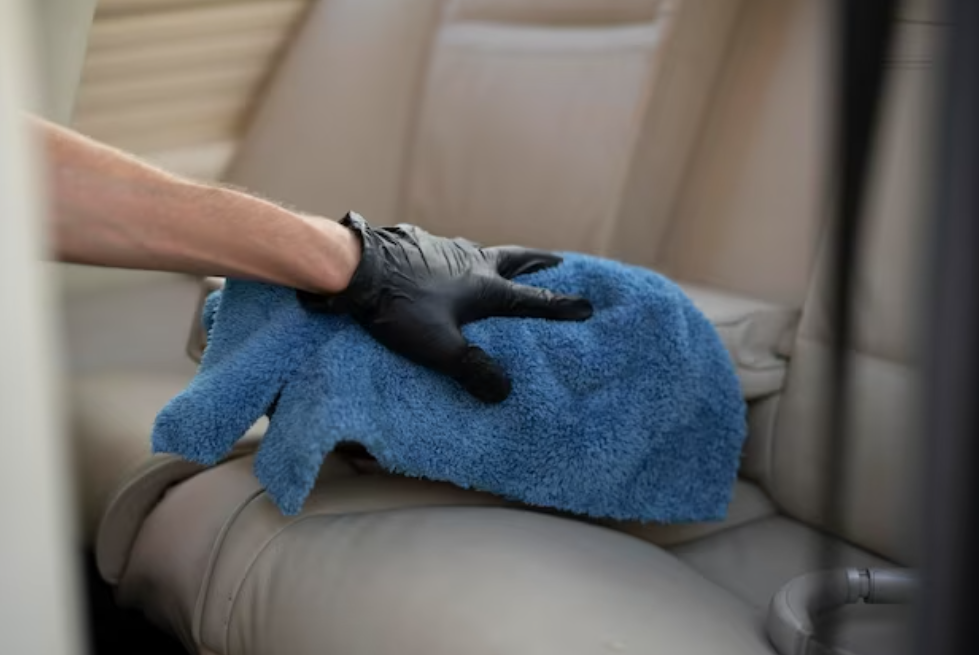
Afterward, use a soft bristle brush to gently agitate the seat material, focusing on circular motions to effectively dislodge embedded dirt and grime. Pay extra attention to areas with stubborn stains or heavy soiling. Depending on your seat material, mix an appropriate cleaning solution – fabric upholstery cleaner for fabric seats or leather cleaner for leather seats – and apply it gently with a damp, wrung-out microfiber cloth or sponge.
Start cleaning from the top of the seats, working your way down while avoiding oversaturation, particularly for fabric seats. If you have a steam cleaner, you can opt for steam cleaning as an effective deep-cleaning method, following the manufacturer's instructions. This process not only helps eliminate stubborn stains but also sanitizes the fabric.
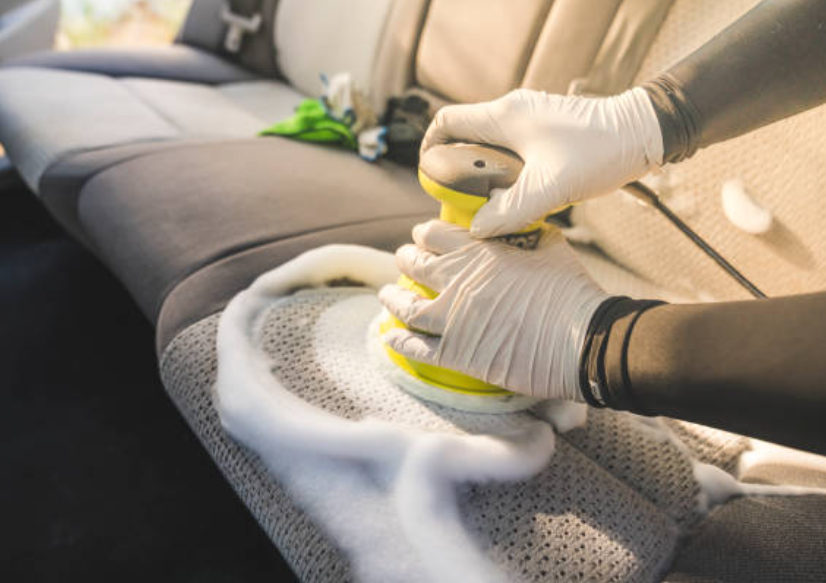
Next, rinse the seats with a clean, damp microfiber cloth to remove any remnants of the cleaning solution. Use a dry microfiber cloth to pat the seats dry, and ensure they air dry entirely before using the car, avoiding sitting on damp seats. To enhance the overall cleanliness, consider using an odor eliminator or fabric freshener if your seats have any lingering odors.
Additionally, for leather seats, it's a good idea to apply a leather conditioner to maintain their suppleness and prevent drying out. If your car seats feature electronic components such as controls or heated seats, take the optional precaution of covering them with plastic bags to shield them from moisture during the cleaning process. Once your seats are dry, and your car is free from any cleaning residue, reassemble any removed items or accessories, and relish the refreshed and spotless condition of your car seats.

Maintaining clean car seats is essential not only for a pristine interior but also for a comfortable and healthy driving experience. To achieve this, establish a regular cleaning routine, including vacuuming seats weekly to eliminate loose dirt and debris. Utilize seat covers for added protection against stains and wear, while refraining from eating or drinking inside your vehicle. Promptly address spills with appropriate stain removers and store basic cleaning supplies in your car for convenience.
Additionally, sunshades and parking in the shade can safeguard your car's interior from UV damage, and using floor mats and securing loose items prevent dirt from reaching the seats. Properly educating passengers about cleanliness and considering professional cleaning services periodically can help ensure that your car seats remain clean, comfortable, and appealing.
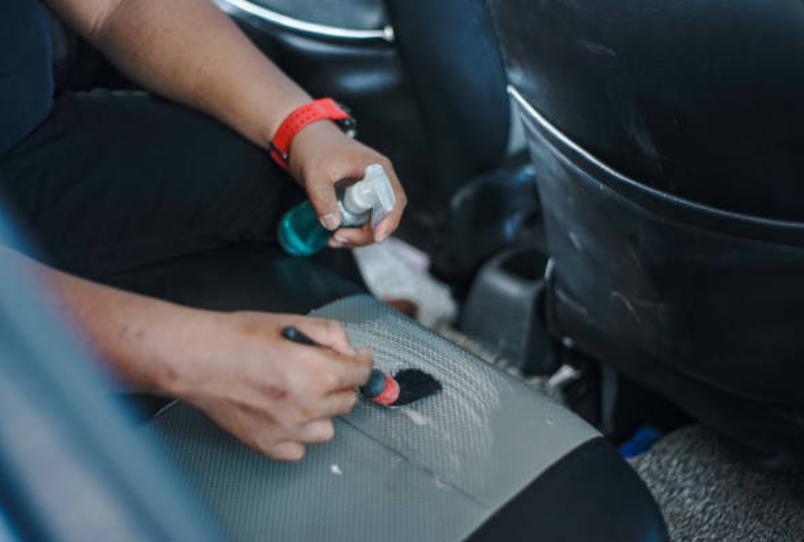
-
Is it safe to use bleach or harsh chemicals on car seats?
No, using bleach or harsh chemicals can damage car seat materials and discolor them. Stick to cleaning products specifically designed for automotive upholstery and follow their instructions.
-
Can I use a pressure washer to clean car seats?
It's not recommended to use a pressure washer on car seats, as the high-pressure water can force dirt and moisture deeper into the seat material, potentially causing damage.
See more reiview here: Top 10 LED License Plate Lights


